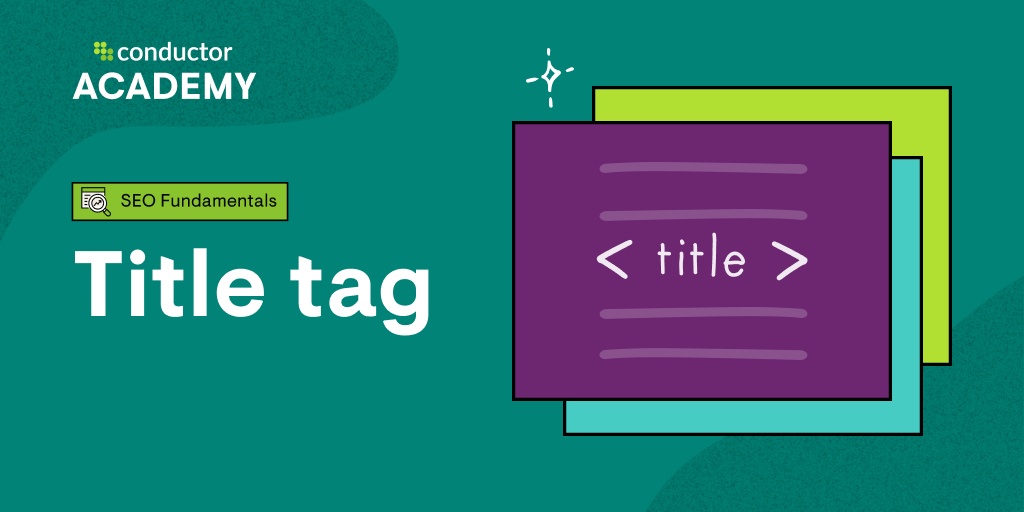Definition: The title tag is an HTML element that specifies the title of a webpage. It appears in several key places:

- As the clickable headline in search engine result pages (SERPs).
- On the browser tab when the page is open.
- In social media previews when the page is shared.
- Even more importantly, they help searchers understand the content on your page, which helps them choose the most appropriate result for whatever their query.
- 1 Search Engine Rankings (SEO):
- The title tag is one of the most important on-page ranking factors. Google and other search engines use the title to understand the content and context of a page.
- 2 Click-Through Rate (CTR)
- Compelling titles lead to higher click-through rates. Users are more likely to click on a title that is clearly relevant to their search query and stands out in the search results.
- The title tag also serves as a your page, giving users a quick snapshot of what they can expect when they click on the link. A clear, concise, and informative title sets proper expectations, which helps reduce bounce rates.
- Because title tags are so important to search engines, you should complete your keyword research before crafting one.
- Title tags often get truncated in search results at around 550-600 pixel width, which is typically around 65 – 75 characters.
- A title tag is an HTML element that lies in the <header> section of every page on your site. Title tags aim to offer the user context for the page they’re going to browse.
- When a page on your site is brought by the search engines, the link offered will contain your title tag.
- A lot of sites, such as Facebook and Twitter, will utilize the title tag of a web page as its link anchor text as it shows the content on their site.
- You imagine, on the search results page has million the results with the same content and you have to create the title uniquely to make the users view the content on your website.
- Therefore, it is much better for businesses to write a good website title, which can increase conversion rate and attract more clickers instead of haunting the user with a long title tag filled with information.